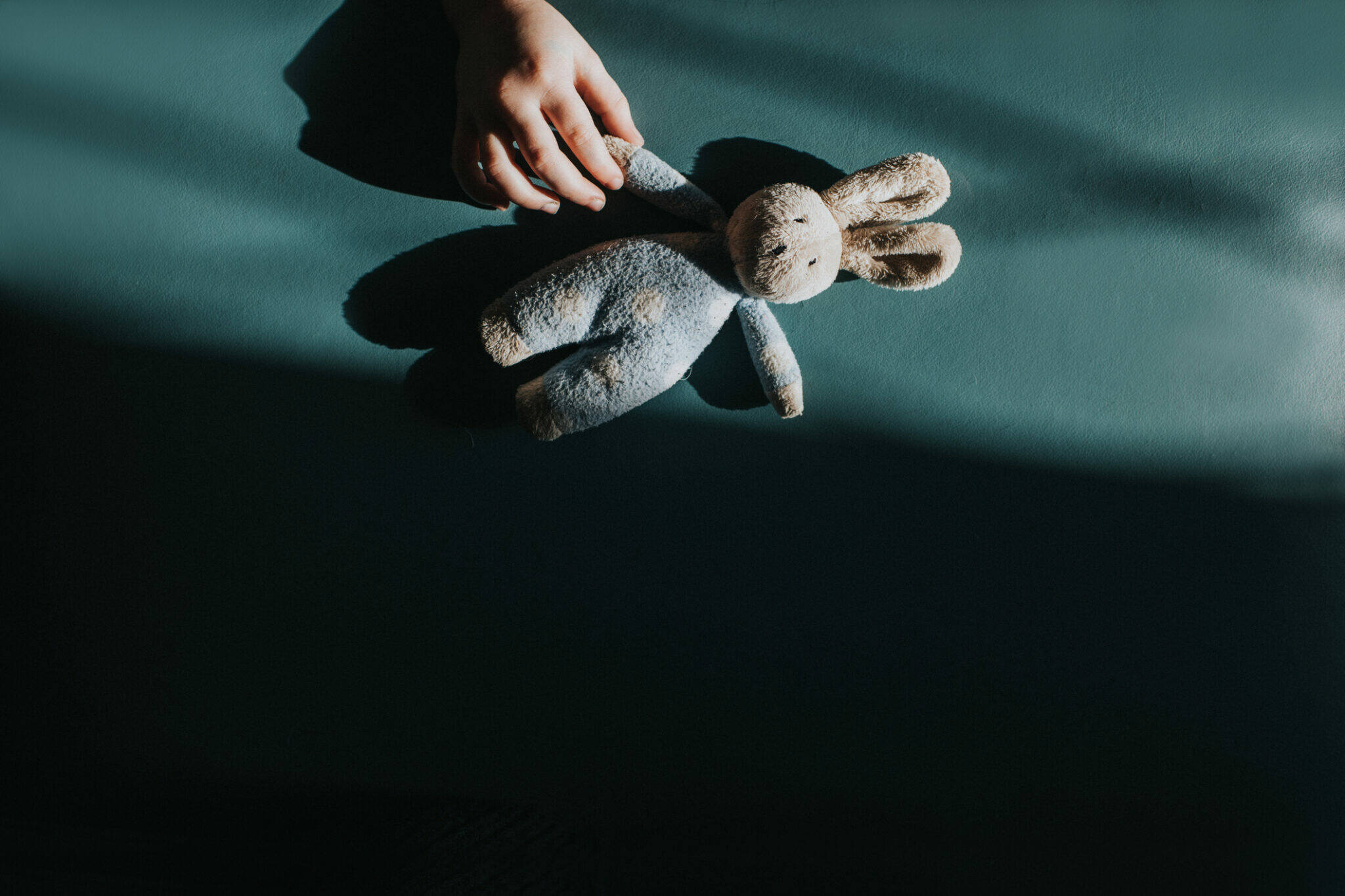Bad experiences in childhood are known to have lingering and negative health effects in adulthood, according to experts from the Centers for Disease Control and Prevention.
Now public health officials in Alaska have compiled what they say is the first comprehensive account of the prevalence of what are known as “adverse childhood experiences,” or ACEs. The information is compiled in a 49-page bulletin recently published by the epidemiology section of the Alaska Division of Public Health. The bulletin summarizes results of various surveys and studies completed over recent years in a way that should allow health officials to track trends in the future.
Adverse childhood experiences vary, ranging from relatively common events like parents’ divorces to more severe events like witnessing violence and even deaths within families. Adverse childhood events also include economic strains, such as financial hardships and homelessness. Some adverse childhood experiences are considered abuse or neglect.
Because there are different methodologies and metrics, the different datasets described in the epidemiology bulletin cannot be accurately compared with each other, said Jared Parrish, a senior state epidemiologist.
“There is no one definition of what makes up ACEs, like, what variables go into it, and so each dataset that we looked at in here as a different combination of variables that are included,” Parrish said. “But within each dataset, we learn something.”
Among the lessons is that over the past decade, the percentage of children experiencing these adverse events has remained largely constant, according to the results detailed in the epidemiology report.
One dataset, which tracked 13 types of adverse experiences between 2012 and 2020, found that 47% of Alaska 3-year-olds had at least one adverse childhood experience in their lifetimes, and 9% experienced four or more, the report said.
A different dataset that examined eight adverse childhood experiences from 2016 found that 41% of Alaska children 17 and younger had experienced at least one, an estimate consistent with national rates using the same data source.
The information covered by the report extends to adults.
One dataset detailed in the report, gathered from 2013 to 2015 and based on eight adverse childhood experiences, found that about two-thirds of Alaska adults reported experiencing at least one during childhood and 20% reported experiencing four or more. Another set of data, from 2020, also tracked eight adverse childhood experiences but solely among Alaska women; it found nearly eight of 10 reported at least once such adverse experience during childhood and about a third reported four or more.
There are different ways that bad experiences in childhood lead to bad health later in life, state officials said.
“As adverse experiences occur in a child’s life, those experiences build up levels of stress,” said Riley Fitting, a state epidemiologist who contributed to the bulletin. “Whether they happen once or more than once, that amount of stress can also accumulate into what some people might call toxic stress or toxic stress load. And that toxic stress load is associated with poor health outcomes during adulthood.”
Aside from causing mental-health impacts like depression and anxiety and behavioral problems like substance abuse, stress can diminish the condition of the body, Parrish said. Coping behavior such as cigarette smoking, for example, can lead to heart disease and cancer, he said. Even absent such unhealthy habits, stress can cause people’s bodies to operate at a level of “hyper-awareness” that, over time, can lead to chronic physical problems, he said.
The epidemiology bulletin holds some potential positive signs about Alaska children’s conditions. The percentage of Alaska 3-year-olds without any adverse childhood experiences has increased slightly over time, according to the data compiled in the report.
Efforts are underway to help Alaska children and their families avoid such experiences or overcome them, said Emily Urlacher, a state public health specialist in early childhood education.
A key piece of that work is Alaska’s Head Start and associated Pre-Head Start program, she said.
“Instead of just sending children to a place where we educate them, it’s a support for the family as well,” Urlacher said. “You have to remember, when we’re working with families, the child and the family are together, they’re a dyad. If you want to support the child, you have to support the family. And Head Start does that.”
Funding for Head Start programs has been the subject of disagreement, however. Last year, Gov. Mike Dunleavy vetoed $2.5 million of the $5 million that the Alaska Legislature had approved in increased Head Start funding that would match federal funding.
Along with Head Start, the department promotes and is expanding its home-visiting services, which send parent-educators or nurses to families’ homes or other sites to provide support, Urlacher said. “It’s programs like that that are really crucial to coming around and breaking that generational cycle,” she said.
• Yereth Rosen came to Alaska in 1987 to work for the Anchorage Times. She has reported for Reuters, for the Alaska Dispatch News, for Arctic Today and for other organizations. She covers environmental issues, energy, climate change, natural resources, economic and business news, health, science and Arctic concerns. This story originally appeared at alaskabeacon.com. Alaska Beacon, an affiliate of States Newsroom, is an independent, nonpartisan news organization focused on connecting Alaskans to their state government.

